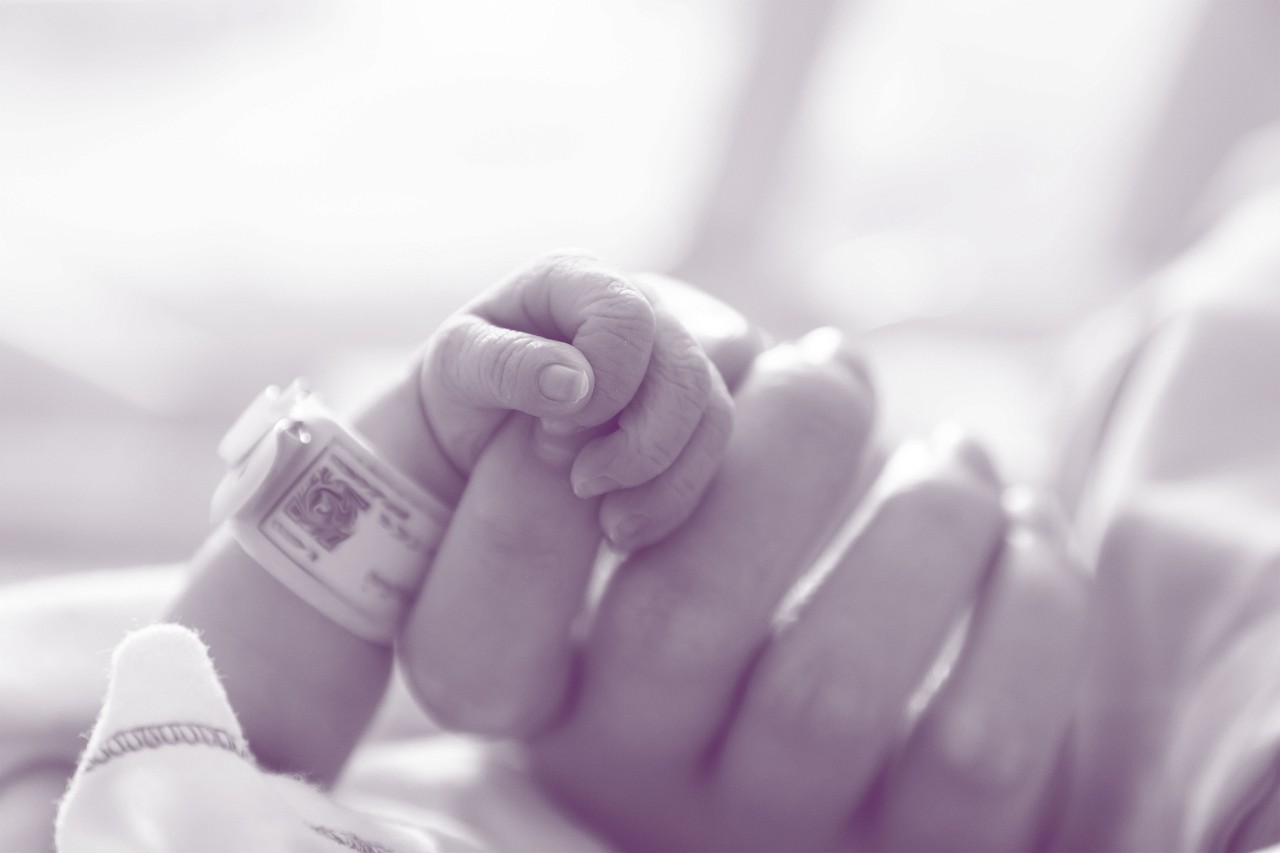
Bilirubin Screening Devices for Community Midwifes and GP Surgeries
Jaundice in new-born babies is a common occurrence (60% of term babies and 80% of preterm infants) and is usually not harmful. Jaundice is caused by a build-up of bilirubin in the blood. Bilirubin is a yellow/orange pigment produced following the breakdown of red blood cells and as babies have a lot of red blood cells in their blood, the baby’s liver is not as effective at removing bilirubin from the blood so they can be passed in the baby’s stool. Usually at around the two weeks old, new-borns are producing less bilirubin and the liver is far more effective at removing this from the blood.
If treatment is required for new-born jaundice, phototherapy can be used. Phototherapy exposes the baby to as much light as possible in a cot or incubator with their eyes covered for safety. This is used to help with the breakdown and removal of bilirubin from the blood, altering the molecular structure of bilirubin making it more soluble. If more intensive treatment is required, a light blanket can be used.
The new-born is examined for jaundice at every opportunity especially for the first 72 hours, however, it can take up to a week for the symptoms of jaundice to appear. If the new-born is suspected to have jaundice, a visual inspection, while indicative, is not enough to establish the level of bilirubin present. Additionally, guidelines recommend a visual assessment is no longer used as it is highly inaccurate. It is crucial that the level of bilirubin is estimated as accurately as possible. If overestimated, it can lead to unnecessary, invasive blood tests and if underestimated, it can lead to hyperbilirubinemia.
This can either be measured with a blood test (serum bilirubin, SBR) or, more commonly, estimated with a transcutaneous bilirubinometer (TCB). A bilirubinometer provides a reliable and non-invasive method of screening jaundice in new-borns by measuring the bilirubin in the skin. It works by shining a light onto the skin (usually the sternum or forehead) of the new-born and measuring the intensity of the light which is returned to the device. The intensity of the light returned is measured to provide an estimated level of bilirubin in the blood. Measurements of bilirubin from a bilirubinometer are seen to be accurate when taken before phototherapy, however, if bilirubin is required to be measured during the phototherapy phase, a bilirubinometer is not an accurate method to do so. The monitoring preference during phototherapy would be an SBR.
It is often the case that these cost-effective devices are only available in hospital settings and not readily available at all community midwife centres and/or GP surgeries. Parents will often have to be referred onwards to hospitals to have this relatively straight forward test undertaken. This can lead to lengthy waiting times and the booking of hospital clinic time which could be better utilised elsewhere.
If bilirubinometers were available at more community midwife centres and GP surgeries, this could reduce the need for parents to take their child to hospital, also reducing parental anxiety. Also, this could free up clinic space and time while helping to reduce wasted costs/resources of hospitals and patients.